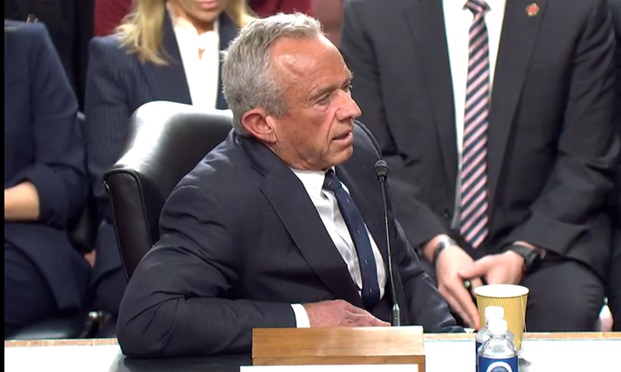 Credit: Shutterstock
Credit: Shutterstock
The Internal Revenue Service plans to increase key personal health account limits by about 2% to 3% in 2026.
The IRS put the new, inflation-adjusted parameters for the health savings account and excepted benefits health reimbursement arrangement programs in Revenue Procedure 2025-19.
Related: IRS announces HSA, HDHP limits for 2025
Here's a chart that shows what will happen to the parameters:
Recommended For You
| 2026 | 2025 | |
| HSA: Individual | ||
| Contribution limit | $4,400 | $4,300 |
| Minimum deductible | $1,700 | $1,650 |
| Annual OOP maximum | $8,500 | $8,300 |
| HSA: Family | ||
| Contribution limit | $8,750 | $8,550 |
| Minimum deductible | $3,400 | $3,300 |
| Annual OOP maximum | $17,000 | $16,600 |
| Maximum employer excepted benefit HRA contribution | $2,200 | $2,150 |
Workers who use health savings accounts are supposed to combine their high-deductible health plan coverage.
The maximum HSA contribution limit will increase to $4,400 next year, from $4,300 this year, for an individual and to $8,750, from $8,550, for a family.
The minimum deductible for an HSA-compatible HDHP will rise to $1,700, from $1,650, for self-only coverage and to $3,400, from $3,300, for family coverage.
Federal law also puts a cap on how much an HSA user can spend out-of-pocket on covered, in-network care.
The maximum annual out-of-pocket costs for HSA-compatible HDHP coverage will increase to $8,500, from $8,300, for individuals and to $17,000, from $16,600, for families.
The HRAs included in the new guidance are the kind that employers can use to help workers pay for items like crutches and over-the-counter medicine, not the kind that can be used to create "cash for coverage" health plans.
For excepted benefits HRAs, the employer contribution limit will increase to $2,200 from $2,150.
The backdrop: Health account parameters could get more attention this year, because efforts to create new types health accounts could be a major part of health system change bills this year.
Some health policy specialists question whether the high-deductible health plans and personal health accounts do enough to influence patient health care shopping to justify their impact on patients' use of preventive care and important types of sick care.
But other health policymakers, including many conservative Republicans, see expanding use of HDHPs and personal health accounts as a good way to rein in health care cost increases, by making patients feel some of the effects when the cost of care goes up.
© Touchpoint Markets, All Rights Reserved. Request academic re-use from www.copyright.com. All other uses, submit a request to [email protected]. For more inforrmation visit Asset & Logo Licensing.






